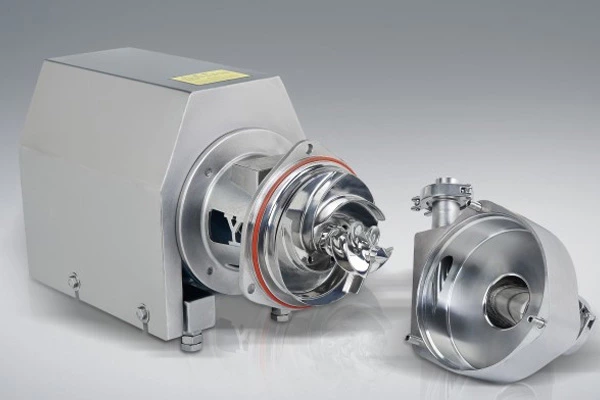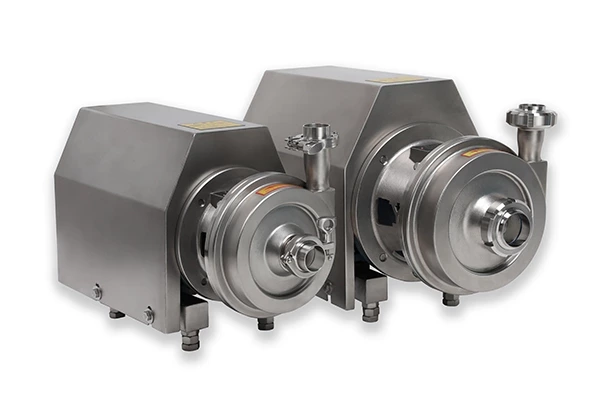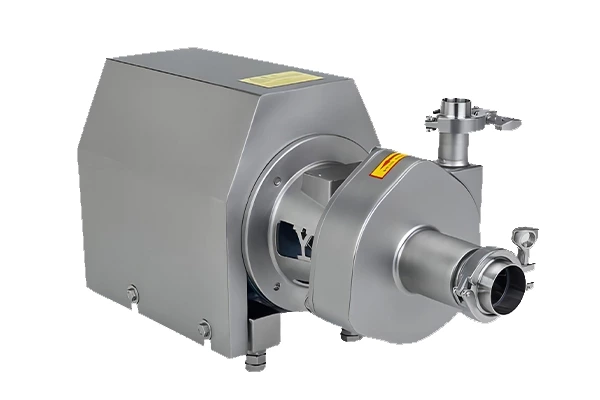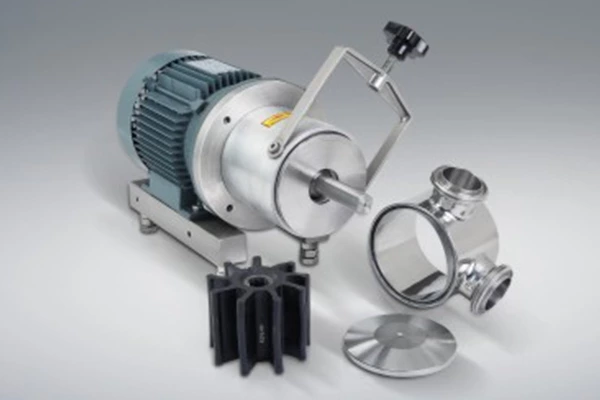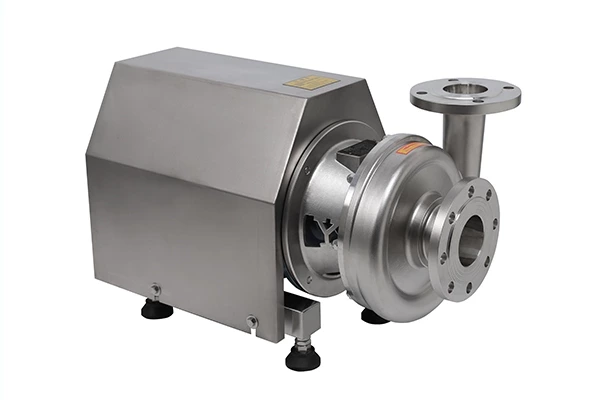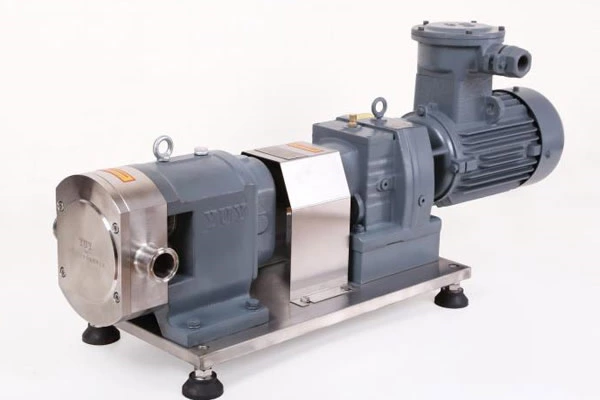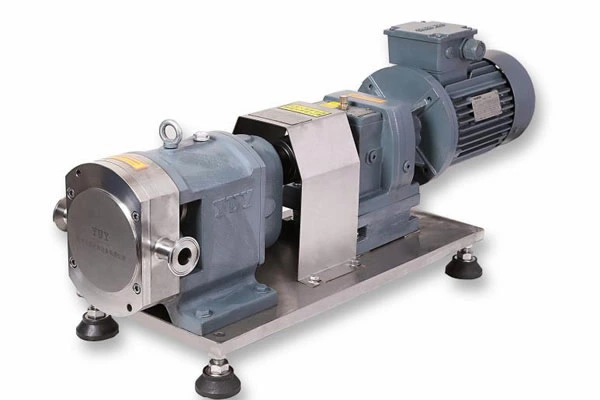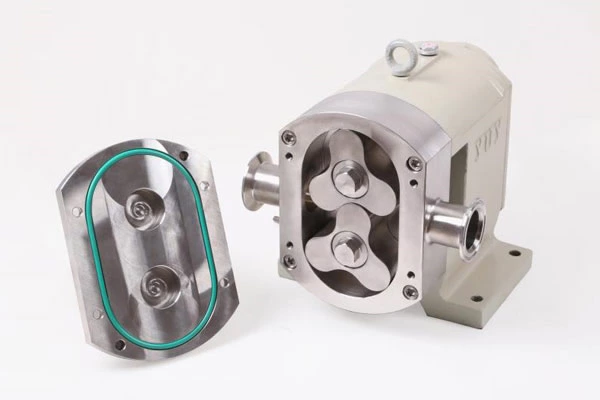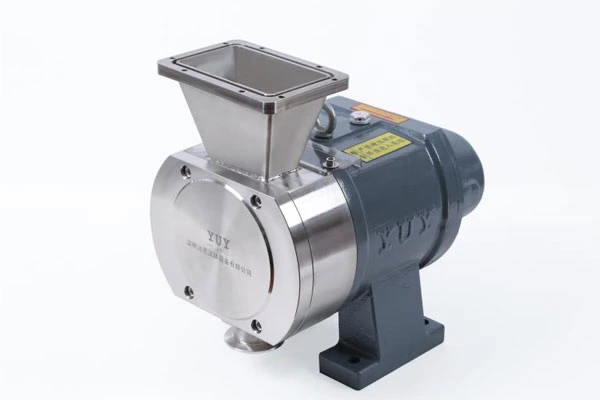150 Technical Questions And Answers About Pumps To Help You Fully Understand Pumps
141. What are the inspection methods for Sanitary Negative Pressure Pump quality?
Answer: 1) Appearance inspection. 2) Dimension inspection. 3) Assembly inspection. 4) Disassembly inspection. 5) Pressure test inspection.
142. How many categories are valves divided into according to their structural characteristics?
Answer: 1) Stop type, 2) Gate type, 3) Plug type, 4) Butterfly type, 5) Swivel type, 6) Sliding valve type.
143. What are the basic parameters of valves?
Answer: 1) The nominal diameter of the valve, 2) The nominal pressure of the valve, 3) The relationship between the working pressure and working temperature of the valve, 4) The medium used by the valve.
144. What are the characteristics and uses of the gate valve?
Answer: 1) Advantages: The sealing performance is better than that of the stop valve, the fluid resistance is small, the opening and closing is more labor-saving, the sealing surface is less eroded by the medium when fully opened, it is not restricted by the flow direction of the medium, it has dual flow direction, the structural length is small, and the application range is wide.
2) Disadvantages: high external dimensions, a certain space is required for opening, long opening and closing time, easy erosion and scratching of the sealing surface during opening and closing, and two sealing pairs bring difficulties to processing and maintenance. 3) Purpose: Gate valves are generally used on pipes and equipment with a diameter of DN15-1800mm. They are used in large quantities, mainly for cutting off, and are not allowed to be used for throttling.
145. What are the functions of valves?
1) Opening and closing function, 2) Regulation function, 3) Throttling function
146. What should be paid attention to when installing a stop valve?
Answer: 1) Since the inlet and outlet of the stop valve are asymmetrical, the medium should flow through the valve port from bottom to top during installation, that is, low inlet and high outlet, so that the valve is opened with less effort and the packing is not easy to leak. It really plays the role of cutting off and regulating pressure and flow. 2) If the stop valve is installed in the opposite direction, the inlet pressure will pressurize the valve body middle flange base packing part of the valve. The design pressure of these two parts of the valve is low, which will cause leakage at the valve body middle flange and packing.
147. What are the general requirements for valve installation?
Answer: 1) Before installing the valve, the inside of the pipeline should be cleaned to prevent iron oxide chips, welding slag, hard particles or other foreign objects from scratching the sealing surface of the valve. At the same time, carefully check and verify the model and specifications of the valve, and carefully check whether the valve is closed tightly.
2) Pay attention to the installation direction of directional valves and do not install them upside down.
3) Since the valve cavity of the stop valve is asymmetrical on the left and right, the fluid flows from bottom to top through the mouth after installation.
4) The gate valve should not be installed upside down, otherwise the medium will stay in the valve cavity for a long time, which is easy to corrode the valve stem. The rising stem gate valve should not be installed at the bottom to avoid rusting of the wheel column rod.
5) There are two types of check valves: lift type and swing type. The lift check valve can only be installed horizontally, and the swing check valve must ensure that its shaft pin is installed horizontally. The swing check valve can be used on horizontal and vertical pipes.
6) It should generally be installed in a closed state.
7) When installing or replacing a heavier valve, the lifting lock should not be tied to the handwheel or valve stem, but should be tied to the valve body to avoid damaging parts such as the handwheel or valve stem.
8) When installing a pressure reducing valve, a shut-off valve and a pressure gauge should be installed before and after it, and a safety valve should be installed after the valve.
148. What are the directional valves?
Answer: The directional valves are generally stop valves, throttle valves, pressure reducing valves, check valves, etc.
149. What is the strength test process (hydraulic pressure test) of the valve?
Answer: 1) After filling the valve with water, exhaust the internal air. 2) The valve is in the open state. Slowly rise to the test pressure. 4) After reaching the test pressure, maintain the pressure for more than 5 minutes, and there should be no leakage at the shell packing valve cover.
150. How should the safety valve be transported to the site for installation after calibration?
Answer: After the safety valve is calibrated, add a lead seal, keep it upright during transportation and installation, and it is strictly forbidden to collide with other objects to ensure the calibration accuracy of the safety valve.
